Planning a trip to Himachal Pradesh? This comprehensive guide covers the 30 most beautiful destinations in this northern Indian state, with practical information to help you plan the perfect mountain vacation.
Himachal Pradesh stands out as one of India’s premier travel destinations, appealing to diverse travelers – from summer vacationers and honeymooners to adventure enthusiasts seeking trekking, paragliding, and river rafting experiences. The state’s varied landscapes offer something for everyone: snow-capped peaks, lush valleys, pristine rivers, and charming hill stations.
With its array of hill stations nestled in verdant valleys surrounded by majestic mountains and flowing rivers, Himachal creates memories that last a lifetime. Whether you’re seeking adventure, romance, spiritual connection, or simply a peaceful retreat in nature, this guide will help you discover the perfect Himachal destination.
30 Top Tourist Places to Visit in Himachal Pradesh:
- Manali – Hub for Adventure Lovers
- Rohtang Pass-Your Playground of Snow
- Shimla- Queen of Hills
- Kufri-The Picture Perfect Station
- Kasauli- Pure Weekend Getaway
- Khajjiar – A Retreat to Beat the Heat
- Dharamshala – Nature at its Best
- McLeod Ganj – The Little Lhasa
- Bir Billing – Adventure Begins Here!
- Chail – Slice of Paradise
- Kullu – An Outstanding Summer Retreat
- Dalhousie – Full of Charm and Enjoyment
- Chamba – Magnanimous Destination in Himachal
- Lahaul & Spiti – Heavens on Earth
- Malana – The Mountain Freshness
- Kaza – A Captivating Holiday
- Sangla valley – Wonderland for nature lovers!
- Tabo – The Exotic Outdoors
- Keylong – A Buddhist Hub
- Kasol – Retreat for Hippies & Nature Lovers
- Solang Valley – An Adventure Hub
- Narkanda – A Quaint Little Town
- Mandi – Blend of Cultural & Natural Extravaganza
- Kalpa – A Hidden Gem of Himalayas
- Chitkul – Last Village of India before Tibet
- Fagu – Secluded Hamlet
- Palampur – A Paradise for Tea Lovers
- Mashobra – Blessed with Tranquil Environs
- Kinnaur Valley – Land of Fairytales
- Kangra – Abode of Ancient Temples
1. Manali – Hub for Adventure Lovers
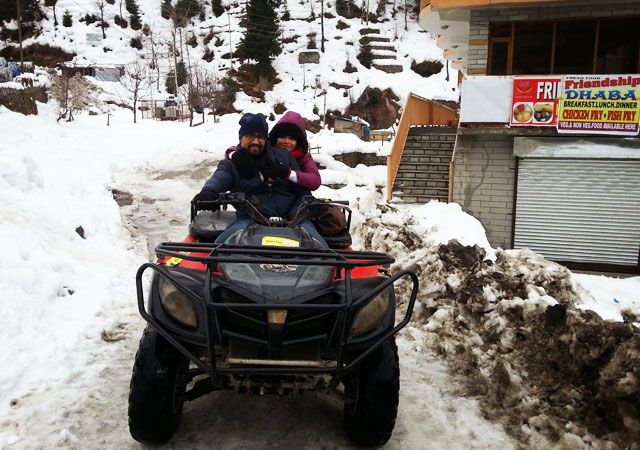
Located at an elevation of 2,050 meters above sea level, Manali stands as one of Himachal’s most versatile destinations. Beyond its spectacular alpine scenery, lush forests, and snow-capped peaks, Manali serves as a gateway to numerous adventure activities.
What Makes Manali Special:
- Year-round appeal: Different experiences each season, from summer hiking to winter snow sports
- Adventure hub: Base for paragliding, river rafting, mountain biking, and trekking
- Cultural experiences: Traditional Himachali architecture and temples
- Gateway to Ladakh: Starting point for the famous Manali-Leh highway journey
The town is divided into Old and New Manali, each offering distinct experiences. Old Manali retains a laid-back vibe with cafes and budget stays, while New Manali provides modern amenities and better access to popular attractions.
Must-Visit Attractions:
- Hidimba Devi Temple: A 16th-century wooden temple dedicated to Hidimba, wife of Bhima from Mahabharata
- Solang Valley: Paradise for adventure enthusiasts (15 km from Manali)
- Gulaba Camp: Less crowded alternative to Rohtang, offering snow activities from December to April
- Old Manali: Bohemian district with cafes, shops, and stunning mountain views
- Rahala Falls: Beautiful waterfall on the way to Rohtang Pass
Best Time to Visit:
- For pleasant weather and outdoor activities: September to December and February to April
- For snow experience: December to February
- For budget travelers: April-June and September-October (shoulder seasons)
Manali offers perfect escapes for various travelers – summer holidaymakers, adventure seekers looking for paragliding in nearby Bir Billing, and honeymooners heading to Rohtang Pass for snow activities.
Check out our Top Selling Manali Tour itineraries and plan the tour of your dreams.
Visiting Manali? Here are the Best Places to Visit in Kullu Manali
2. Rohtang Pass – Your Playground of Snow

Situated 51 kilometers from Manali at an impressive elevation of 3,978 meters (13,050 feet), Rohtang Pass serves as a crucial link between the Kullu Valley and the remote regions of Lahaul and Spiti. More than just a mountain pass, it’s a spectacular destination in its own right.
What Makes Rohtang Pass Special:
- Snow-covered landscapes: Experience snow even during summer months (until June)
- Panoramic views: 360-degree vistas of surrounding Himalayan peaks
- Adventure activities: Range of snow sports and activities
- Gateway experience: Natural boundary between the verdant Kullu Valley and the arid landscapes of Lahaul
Visitor Information:
- Permit requirement: Visitors need a permit from the Manali SDM office (available online)
- Vehicle limitations: Only 1,200 vehicles allowed daily (800 petrol and 400 diesel)
- Restricted days: Rohtang Pass remains closed on Tuesdays for maintenance
- Seasonal closure: The pass is typically closed from November to May due to heavy snowfall
- Environmental fee: Green tax applicable for vehicles entering the area
Popular Activities:
- Snow adventure: Skiing, sledding, and snow scooter rides
- Photography: Dramatic mountain landscapes and panoramic views
- Mountain biking: Challenging high-altitude cycling routes (for experienced riders)
- Paragliding: Limited opportunities when weather permits
Best Time to Visit:
- For snow sports: May to June
- For clear views: September to October
- Accessibility: The pass is open from approximately late May to early November, weather permitting
Read Also: India gets its longest steel bridge on Manali-Leh highway by BRO
3. Shimla – Queen of Hills

As the former summer capital of British India, Shimla maintains its status as one of North India’s most cherished hill stations. Nestled at an elevation of 2,205 meters (7,234 feet), this historic city seamlessly blends colonial heritage with natural beauty and modern amenities.
What Makes Shimla Special:
- Colonial architecture: Victorian-style buildings, including the iconic Christ Church and Viceregal Lodge
- The Ridge and Mall Road: Vibrant social centers with spectacular mountain views
- Toy Train: UNESCO World Heritage narrow-gauge railway connecting Kalka to Shimla
- Surrounding forests: Dense cedar, pine, and oak forests offering nature retreats
- Adventure opportunities: Base for trekking, skiing, and other mountain activities
Must-Visit Attractions:
- The Mall: Shimla’s main pedestrian boulevard with shops, restaurants, and colonial buildings
- The Ridge: Open space offering panoramic views of the surrounding mountains
- Jakhu Temple: Ancient Hanuman temple at Shimla’s highest point (2,455m)
- Christ Church: Neo-Gothic structure and one of India’s oldest churches
- Viceregal Lodge: Impressive British-era building that once housed the Viceroy of India
Unique Experiences:
- Heritage walks: Guided tours exploring Shimla’s colonial architecture and history
- Toy Train journey: The famous narrow-gauge railway experience from Kalka to Shimla
- Jakhu Hill sunrise: Early morning hike to witness spectacular Himalayan sunrise
- Local cuisine: Sample Himachali dishes like siddu, babru, and chana madra
- Ice skating: Natural ice skating rink (one of Asia’s few) operational during winter months
Best Time to Visit:
- For pleasant weather: March to June and September to November
- For snow experience: December to February (especially late December to early January)
- For budget travelers: July-August and February-March (off-peak seasons)
Shimla remains a popular destination for family summer vacations and serves as a perfect weekend getaway from Delhi. During winter months, the town attracts newlyweds seeking romantic snowy landscapes.
Make your holiday memorable by indulging in the Best Things to do in Shimla.
Enjoy a relaxing vacation in Shimla with our customized Shimla packages. Contact today to book!
4. Kufri – The Picture Perfect Station
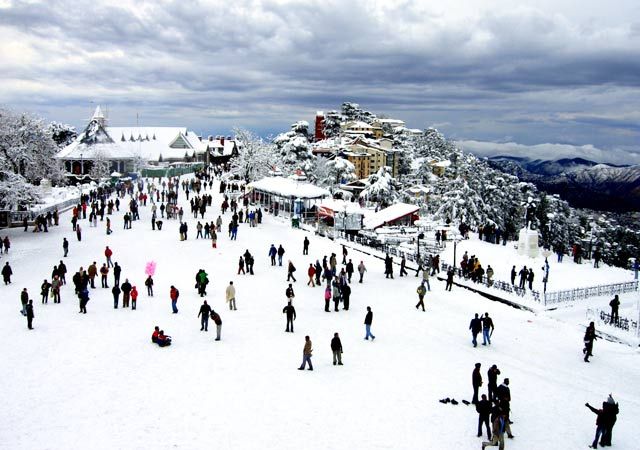
Just 16 kilometers from Shimla lies Kufri, a charming hill station established by the British in 1819. Situated at an elevation of 2,720 meters (8,925 feet), Kufri transforms from a lush green landscape in summer to a snow-covered wonderland in winter.
What Makes Kufri Special:
- Winter sports hub: Home to Himachal’s oldest skiing slopes
- Spectacular views: Panoramic vistas of surrounding Himalayan peaks
- Wildlife sanctuary: The Great Himalayan Nature Park showcasing local flora and fauna
- Easy accessibility: Perfect day trip from Shimla
- Photography opportunities: Picturesque landscapes in every season
Key Attractions:
- Himalayan Nature Park: Wildlife sanctuary featuring rare Himalayan species including musk deer, brown bear, and various pheasants
- Mahasu Peak: Highest point in Kufri offering spectacular views (accessible by foot or horseback)
- Indira Tourist Park: Recreational area with a restaurant and magnificent views
- Kufri Fun World: One of India’s highest amusement parks with various rides and activities
- Horse riding trails: Popular activity offering rides through scenic pine forests
Winter Activities:
- Skiing: Gentle slopes perfect for beginners from December to February
- Tobogganing: Sliding downhill on sleds, particularly popular with families
- Snow hiking: Guided walks through snow-covered forests
- Winter festival: Annual event in February showcasing winter sports competitions
Best Time to Visit:
- For winter sports: December to February
- For pleasant weather and hiking: April to June and September to November
- For photography: October (autumn colors) and January (snow landscapes)
With its combination of natural beauty and adventure activities, Kufri appeals to nature enthusiasts, adventure seekers, and families alike.
Want to enjoy the snow fun? Plan a trip to Kufri with these tour packages.
5. Kasauli – Pure Weekend Getaway
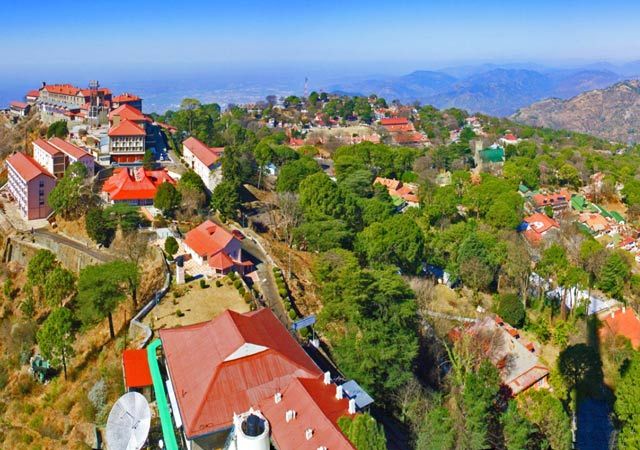
Nestled in the Shivalik range at an elevation of 1,927 meters (6,322 feet), Kasauli offers a tranquil retreat characterized by colonial architecture and pristine natural surroundings. This cantonment town, established by the British in 1842, retains much of its original charm and laid-back atmosphere.
What Makes Kasauli Special:
- Colonial heritage: Well-preserved buildings from the British era
- Forested trails: Numerous walking paths through pine and oak forests
- Unhurried pace: Less commercialized than other Himachal hill stations
- Bird watching: Home to numerous Himalayan bird species
- Proximity to major cities: Easy weekend getaway from Chandigarh (65 km) and Delhi (310 km)
Key Attractions:
- Monkey Point (Manki Point): Highest point in Kasauli with a Hanuman temple offering panoramic views
- Christ Church: Heritage Anglican church built in 1853 with beautiful stained glass windows
- Sunset Point: Popular viewpoint for spectacular evening vistas
- Gilbert Trail: 1.5 km nature walk offering stunning valley views
- Kasauli Brewery: One of India’s oldest distilleries, established in the 1820s
Unique Experiences:
- Heritage walks: Self-guided tours of colonial architecture and buildings
- Mall Road strolls: Leisurely walks along the town’s main thoroughfare
- Kasauli Club: Colonial-era club (entry restrictions apply)
- Lower Mall nature trails: Peaceful walks through forested areas
- Local handicrafts: Shopping for Himachali crafts and woolens
Best Time to Visit:
- For pleasant weather: March to June and September to November
- For budget travelers: July-August (though occasional rainfall)
- For landscape photography: April (spring blossoms) and October (clear skies)
With its year-round pleasant climate, Kasauli makes for a perfect quick escape from urban centers. Summer brings comfortable temperatures, winter offers occasional snowfall, and even the monsoon has its charm with playful mists enveloping the hills.
6. Khajjiar – A Retreat to Beat the Heat
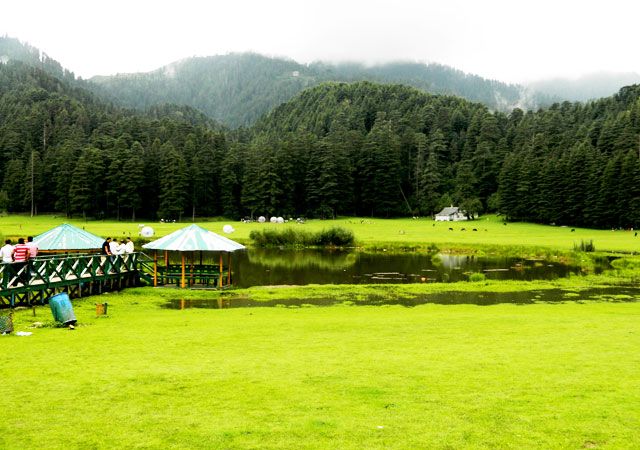
Often called the “Mini Switzerland of India” (a title bestowed by former Swiss Ambassador Willy P. Blazer in 1992), Khajjiar is a mesmerizing hill station located 23 kilometers from Dalhousie at an elevation of 1,951 meters (6,400 feet). This small plateau combines lush green meadows, dense forests, and a central lake to create a postcard-perfect destination.
What Makes Khajjiar Special:
- Unique geography: Saucer-shaped meadow surrounded by dense deodar forests
- Khajjiar Lake: Ancient lake with floating island of vegetation at its center
- Kalatop Wildlife Sanctuary: Rich biodiversity with numerous flora and fauna species
- Adventure activities: Range of outdoor activities from zorbing to paragliding
- Peaceful atmosphere: Less crowded than many other Himachal destinations
Key Attractions:
- Khajjiar Lake: Sacred lake with a floating island of grass
- Khajji Nag Temple: 12th-century temple with fine wooden carvings
- Golden Devi Temple: Ancient shrine with unique architecture
- Kalatop Wildlife Sanctuary: Protected forest area with hiking trails
- Khajjiar Ground: Vast meadow perfect for picnics and outdoor activities
Activities to Enjoy:
- Horse riding: Guided tours around the meadow and surrounding forests
- Zorbing: Rolling downhill inside an inflatable transparent ball
- Paragliding: Short flights offering aerial views (weather permitting)
- Nature walks: Numerous trails through surrounding deodar forests
- Photography: Spectacular landscapes in every direction
Best Time to Visit:
- For pleasant weather: July to October
- For lush green landscapes: July to September (post-monsoon)
- For clear views of snow-capped mountains: October to November
Khajjiar’s combination of meadows, forests, and lake creates a tranquil retreat perfect for those looking to escape the summer heat and immerse themselves in nature’s beauty.
7. Dharamshala – Nature at its Best

Set against the dramatic backdrop of the Dhauladhar range at elevations ranging from 1,250 to 2,000 meters, Dharamshala offers a compelling blend of Tibetan culture, spiritual heritage, and natural beauty. The town is divided into two distinct areas: Lower Dharamshala (the administrative and commercial hub) and Upper Dharamshala (McLeod Ganj, the cultural center and residence of the Dalai Lama).
What Makes Dharamshala Special:
- Tibetan influence: Home to the Tibetan government-in-exile and the Dalai Lama
- Cultural fusion: Unique blend of Himachali and Tibetan cultures
- Spiritual significance: Important center for Buddhist learning and meditation
- Dramatic landscapes: Spectacular views of the Dhauladhar mountains
- Adventure hub: Base for numerous treks in the surrounding Kangra Valley
Key Attractions:
- Tsuglagkhang Complex: Official residence of the Dalai Lama with temples and museum
- Namgyal Monastery: Largest Tibetan temple outside Tibet
- Bhagsu Waterfall: Popular cascade near McLeod Ganj
- Dharamshala Cricket Stadium: One of the world’s highest cricket grounds with mountain backdrops
- Kangra Art Museum: Showcasing the area’s cultural heritage
- Dal Lake: Serene lake surrounded by deodar forests
Unique Experiences:
- Meditation retreats: Various centers offering courses and daily sessions
- Tibetan cooking classes: Learn to prepare traditional momos and thukpa
- Tea garden visits: Tours of surrounding Kangra tea estates
- Volunteer opportunities: Numerous NGOs working with Tibetan communities
- Tibetan handicrafts: Shopping for authentic crafts and artifacts
Best Time to Visit:
- For pleasant weather: March to June and September to November
- For cultural festivals: February-March (Tibetan New Year) and December (Dalai Lama teachings)
- For trekking: April-June and September-October
Dharamshala attracts diverse visitors – from spiritual seekers and culture enthusiasts to nature lovers and adventure seekers. The town’s unique atmosphere and spectacular setting make it one of Himachal’s most distinctive destinations.
8. McLeod Ganj – The Little Lhasa

Located in the upper reaches of Dharamshala at an elevation of 2,082 meters (6,831 feet), McLeod Ganj has earned its nickname “Little Lhasa” by serving as the headquarters of the Tibetan government-in-exile and the residence of His Holiness the 14th Dalai Lama. Named after Sir Donald Friell McLeod, Lieutenant Governor of Punjab, this hill station offers a unique cultural experience with its blend of Tibetan and Himachali influences.
What Makes McLeod Ganj Special:
- Tibetan culture: Vibrant community preserving Tibetan traditions, art, and cuisine
- Spiritual center: Important destination for Buddhist learning and meditation
- Volunteer hub: Numerous opportunities to teach English to monks or support community projects
- Trekking gateway: Starting point for numerous Dhauladhar range treks
- International atmosphere: Diverse community of travelers, volunteers, and spiritual seekers
Key Attractions:
- Tsuglagkhang Complex: Official residence of the Dalai Lama including temple, museum, and library
- Namgyal Monastery: Center for advanced studies in Buddhist philosophy
- Bhagsu Waterfall: Popular cascade with café culture nearby
- Tibet Museum: Documenting Tibetan history and current issues
- Dharamkot: Quieter village above McLeod Ganj popular for meditation centers
- Triund: Popular day trek offering spectacular mountain views
Unique Experiences:
- Buddhist philosophy classes: Various centers offering introductions to Buddhist thought
- Cooking classes: Learn traditional Tibetan dishes like momos and thukpa
- Tibetan healing: Traditional medicine consultations and treatments
- Volunteering: Opportunities with Tibetan Children’s Village and other NGOs
- Language exchange: Informal opportunities to learn Tibetan while teaching English
Best Time to Visit:
- For pleasant weather: March to June and September to November
- For Dalai Lama teachings: Check schedule online (usually December-February and March-April)
- For trekking: April-June and September-October
McLeod Ganj attracts a diverse range of international visitors seeking spiritual growth, cultural immersion, or adventure in the Himalayas. The area’s unique atmosphere and stunning natural setting make it one of Himachal’s most distinctive destinations.
Explore Packages to Plan your Trip to McLeodganj
9. Bir Billing – Adventure Begins Here!
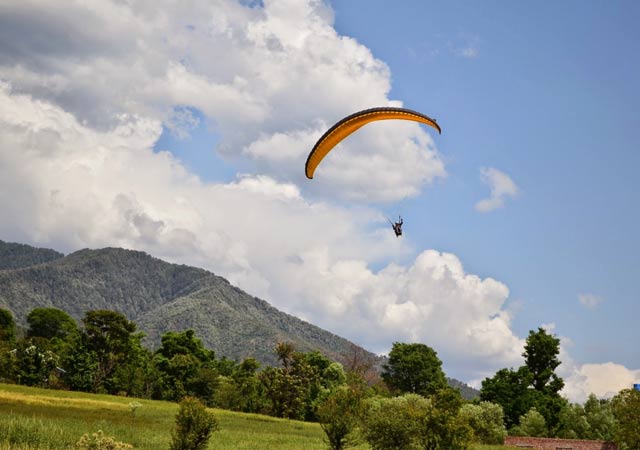
Bir Billing has established itself as one of the world’s premier paragliding destinations, hosting the Paragliding World Cup in 2015. Located in the Kangra district, this area consists of two distinct parts: Bir (the landing site at 1,400 meters) and Billing (the take-off site at 2,400 meters), creating an ideal 800-meter altitude difference for paragliding.
What Makes Bir Billing Special:
- Paragliding paradise: World-class thermals and flying conditions
- Tibetan colony: Significant settlement with monasteries and cultural institutions
- Spiritual centers: Various meditation and Buddhist study centers
- Ecotourism: Focus on sustainable tourism with organic farms and eco-stays
- Stunning landscapes: Spectacular views of the Dhauladhar range
Key Activities and Attractions:
- Paragliding: Tandem flights with certified pilots (₹2,500-3,500 for tandem flights)
- Deer Park Institute: Center for Indian wisdom traditions
- Bir Tea Factory: Tours of traditional tea processing
- Chokling Monastery: Beautiful Tibetan Buddhist monastery with traditional architecture
- Sherab Ling Monastery: Impressive monastery with large prayer hall and Tibetan art
- Mountain biking: Trails of varying difficulty levels through surrounding forests
Paragliding Information:
- Season: March to June and October to November offer optimal flying conditions
Flight duration: 15-30

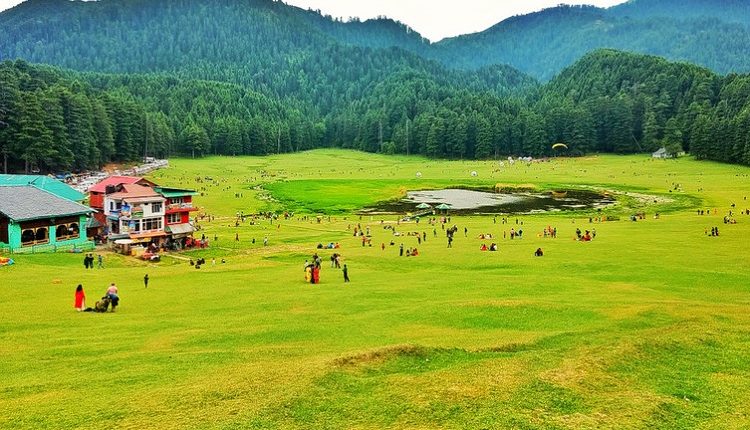
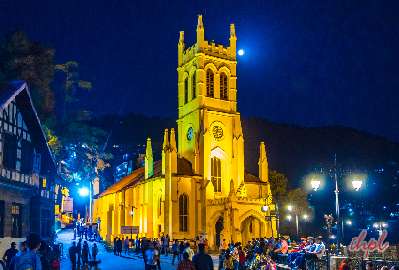 Shimla Calling Tour
Shimla Calling Tour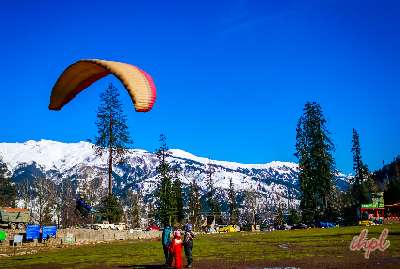 Enthralling Himachal Tour
Enthralling Himachal Tour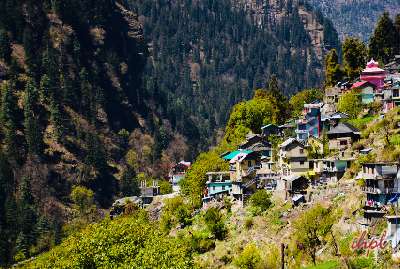 Spiti Valley Tour with Manali & Kasol
Spiti Valley Tour with Manali & Kasol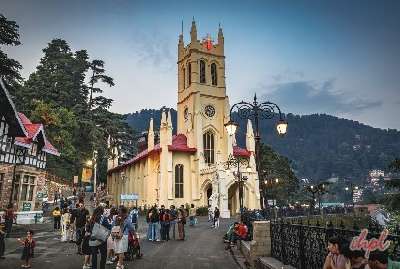 Best of Himachal Tour
Best of Himachal Tour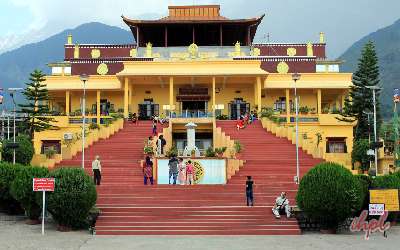 Short Trip to Dharamshala
Short Trip to Dharamshala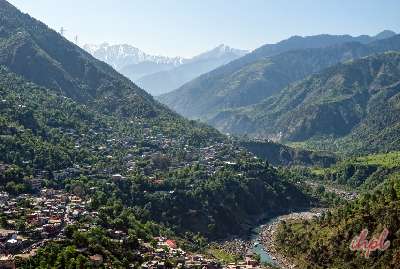 Dharamshala Dalhousie Tour
Dharamshala Dalhousie Tour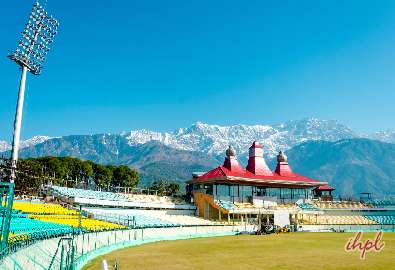 3 Days Tour to Dharamshala From Chandigarh
3 Days Tour to Dharamshala From Chandigarh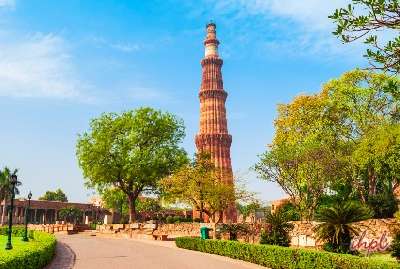 Delightful Dharamshala Tour
Delightful Dharamshala Tour
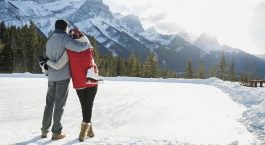
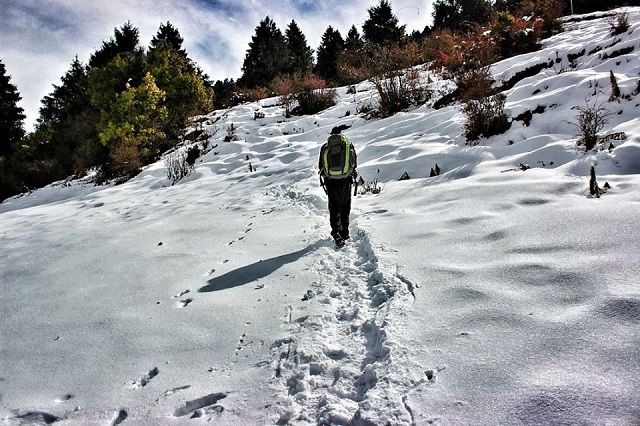
Hi Ashish,
Thanks for the Informative post.
Actually me and my friends are planning for 8 days trip to Kaza in Mid-Nov’15. Can you pls suggest is it a gud time to visit this place since I am searching out on few sites and observed that we might face problems particularly for water since the same freezes out in that period.
Can you also help me in my below questions so that we can decide our trip:
a) since you are an avid traveller can you suggest the best route to take for this trip.
b) how are the road conditions and availability of petrol pumps
c) availability of food during travel
Thanks in anticipation…..:-)